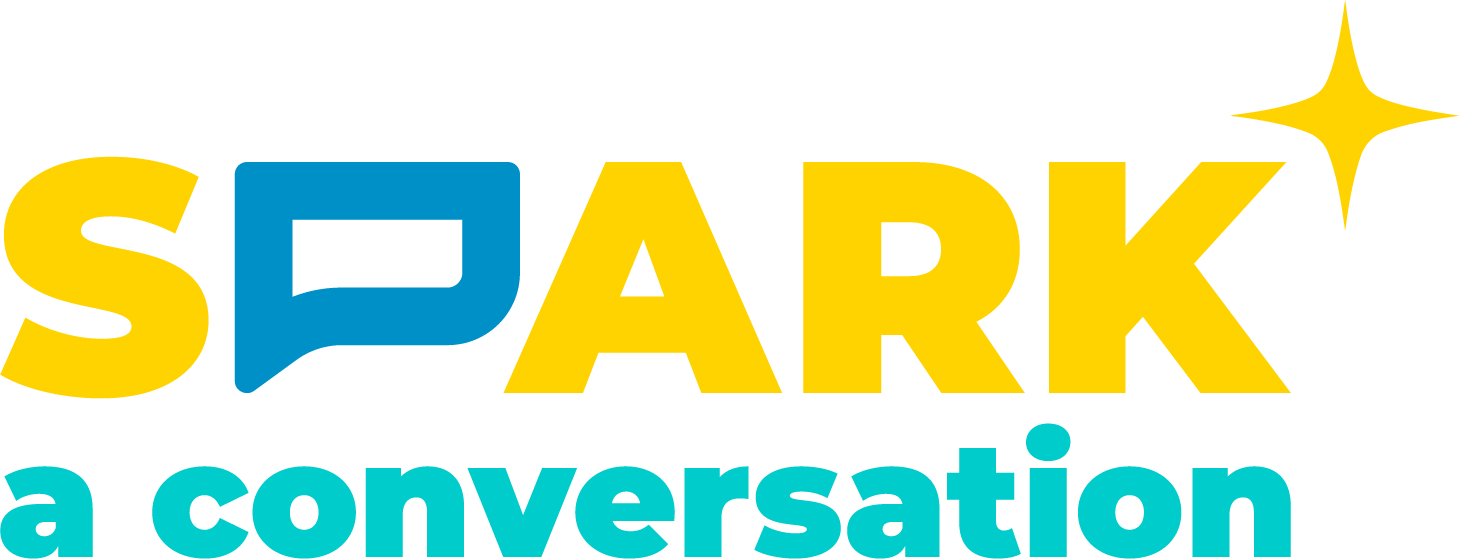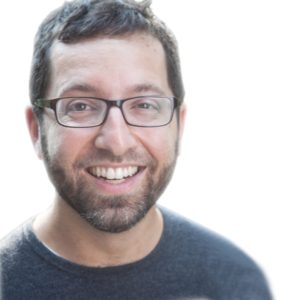
Arithmetic Geometer Jordan Ellenberg is a mathematician. He teaches his college students how to create codes, using math.
Have you ever made up a secret code and used it? How did it work? Who did you use it with?

Have you ever made up a code, creating a secret language that only you, or perhaps only you and a friend understand? Read on for ways to make up sophisticated, one-way codes.
“People think of math as being about numbers,” says Mathematician Jordan Ellenberg, but it also includes cryptography. Cryptographers create codes so sophisticated that even people using them to disguise messages cannot decode them. And math includes information theory, the study of the ways we use computers and other electronic equipment to send information. Information theorists identify the content of signals used in telecommunication. Mathematics also includes the work of mathematical physicists who explore the idea of curved space. “There are all kinds of things mathematicians do.”
Ellenberg himself is an arithmetic geometer, a writer, and a teacher. Ηe works on the “parts of number theory which interface most closely with geometry.” “I do algebra every single day,” says Ellenberg, whose work also involves arithmetic statistics. Not content to focus exclusively on mathematics, he received an MFA in creative writing from Johns Hopkins and published The Grasshopper King, a novel, after majoring in math at Harvard. His most recent book, How Not to Be Wrong: The Power of Mathematical Thinking, is great fun to read and makes it clear just how interesting and how useful math can be.
Ellenberg grew up in Montgomery County. His parents were both statisticians and his mother created programs with an early type of computer to help him with his lessons. He remembers gazing at the holes in a speaker. He saw 48 holes, arranged in a six-by-eight array, and suddenly understood “that you could look at that as six rows of eight or eight columns of six.” Young Jordan was amazed “to realize that ‘it had to be so,’ as we say in math: it’s true by pure thought.” He had discovered the commutative property of multiplication on his own: 6 x 8 = 8 x 6.
He also remembers reading and rereading Douglas Hofstadter’s book about artificial intelligence, the drawings of M.C. Escher, Bach, and other subjects: Gödel, Escher, Bach: An Eternal Golden Braid. “It’s so awesome,” says Ellenberg, that Hofstadter “won the Pulitzer prize for nonfiction” for “probably the only math book that will ever win the Pulitzer Prize.”
These days, Ellenberg and his colleagues draw on the work of Alexander Grothendieck, “one of the greatest, if not the greatest mathematician of the 20th century.” Grothendieck discovered that “a lot of things that were not thought of as geometry actually are.” His work helped Andrew Wiles prove Fermat’s Last Theorem, an achievement that inspired Ellenberg and many other mathematicians to do doctoral work in mathematics. “My collaborators and I are proving things about geometry, using the bridge provided to us by Grothendieck. You can use facts about higher-dimensional shapes to draw conclusions about whole numbers and the ways they behave.”
For instance, pi (π) is the simple, if irrational, solution we get every time we divide the circumference of a circle by its diameter. This number, which you probably learned to round to 3.14 or 22/7, turns out to contain information about whole numbers. “We were too modest in our understanding of pi.” “When I pick two large random numbers and I ask, ‘What’s the chance that they have no factor in common?’ it turns out to be 6/(π2). It’s a wonderful, wonderful fact.”
Math, says Ellenberg, is difficult. He believes that teachers and professors should not pretend otherwise. “If you tell kids it’s going to be easy and in fact it’s hard, they think they’re stupid or that you’re a liar and neither of those things promote good education.” As we teach math, we ask students to understand ideas with which mathematicians have struggled throughout human history. “The first one, really, is fractions, which are this amazing conceptual leap that we give to the kids like it was nothing. A number until then is the answer to the question “How many?” and then all of a sudden there are these strange new things: 3/5, 12/11 — they are not counts of things. Then we say that all those [operations, such as addition and division] still work with these new objects and that is confusing to kids and it should be confusing for kids.”
Because math is difficult, one of the things its students need to learn is how to solve complicated problems by experimenting with and spending time on them. “The challenge we wrestle with in college is that most college courses are pretty hard and then you meet with a kid and they’re like ‘I thought there was something wrong, because I worked on this problem for 20 minutes.’ But that’s exactly what they’re supposed to be doing.”
Ellenberg adds that people should stop thinking of math as a ladder, with one subject leading directly to the next one. A high school senior who takes calculus, for instance, should not necessarily follow that up with “the next calculus” at the beginning of college. Most people “should take something different from what they already took.” At the University of Wisconsin, Ellenberg offers a course to freshmen that covers propositional logic, elementary number theory, and cryptography (used to produce and to crack sophisticated codes). He aims to give students “a sense of the incredible breadth of mathematics.”
Cryptography, a centerpiece of Ellenberg’s class, creates systems “in which anybody can encode a message” but only the person who created the system can decode it. “It’s like a door that anyone can lock but only one person can unlock.” “Some people call it a trapdoor function.” It “sounds like magic” but the wand and spells are provided by math.
Anyone who can do long multiplication or use a calculator can multiply two numbers, perhaps finding the product of 13 and 17. 13 x 17 = 221 But if you start with the number 221 and ask people to find its factors, that’s more difficult and it may take them a while to come up with 13 and 17. Start with a much larger number, whose factors you know, and you can create a sophisticated code. “If I give you a 200-digit number and ask you what are the factors, it will be difficult to know. You can build on that one-way property for one-way cryptographic systems.” The decoder knows the factors but the encoders, the people who translate messages into the code, only know the product (the 200-digit number).
(To learn more about cryptographers and how important the work they do can be, you might watch the movie The Imitation Game or read about British Mathematician Alan Turing, whose skills helped the Allies win World War II.) “If we teach math as something which is hard but doable,” says Ellenberg, then high school graduates “will be more ready” to continue studying math in college. At that level, “they can no longer deny that it’s hard.” And when they study with math professors like Jordan Ellenberg, they will also discover just how fascinating math can be.

